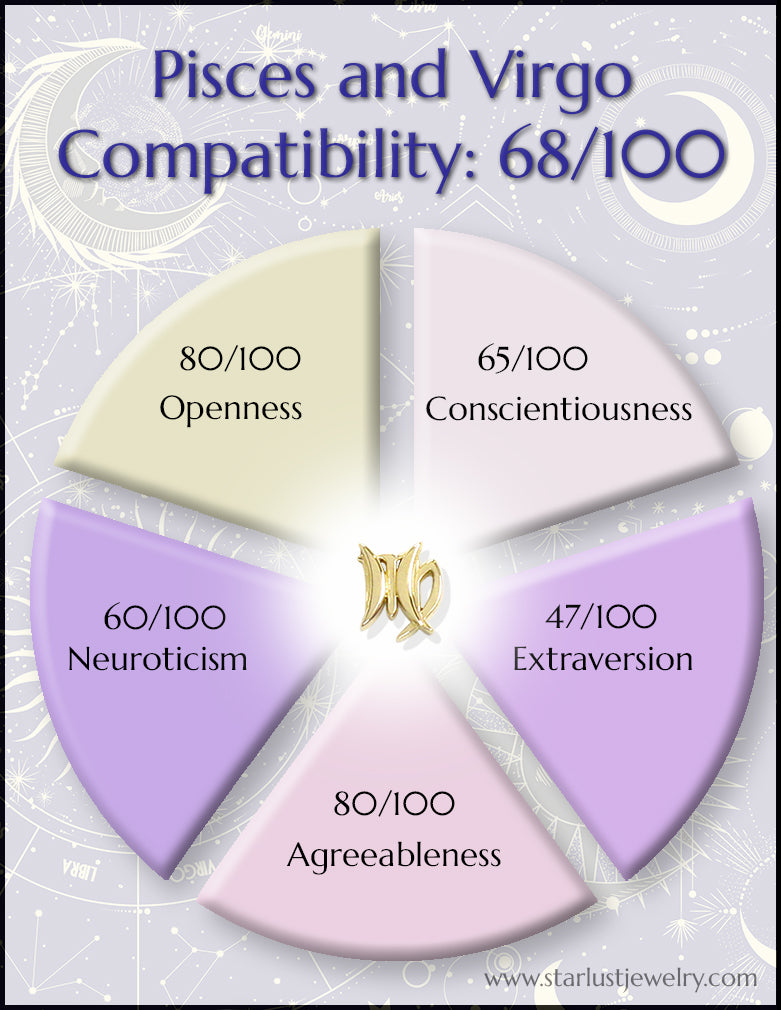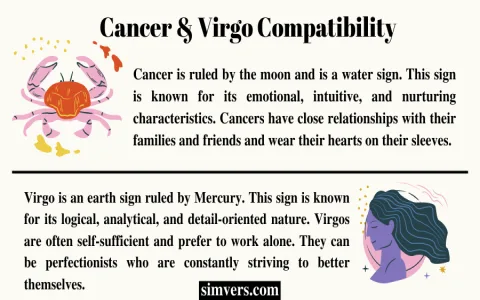Man, let me tell you, when people talk about the stars and incompatibility, they ain’t kidding. For years, I fought the good fight trying to make things work with my partner. She’s a classic, dreamy Pisces. I’m the hyper-organized, spreadsheet-loving Virgo. It was a disaster waiting to happen, except we waited for seven years for the disaster to fully bloom.
I always operated on the assumption that if I just presented the facts clearly and logically, the emotional stuff would fall into line. Nope. She’d just drift further away, feeling judged and constrained. I kept pushing my perfectly formatted schedules onto her chaotic energy, and she kept absorbing the stress until she just shut down. Our communication wasn’t just misaligned; it felt like we were speaking two completely different languages—one of hard data, the other of deep feeling.
Last fall, we had this massive blowout. It wasn’t about money or cheating; it was about how we processed things. I drafted a schedule for our cross-country move, color-coded and everything. I felt proud of the efficiency. She cried for three days straight because I scheduled the “day we said goodbye to the old house” for 9:00 AM sharp. I didn’t get it. It was just a house! But to her, I bulldozed the sacred emotional process. She packed her bags, not permanently, but enough to make me realize the gap wasn’t just wide, it was the Grand Canyon. I stared at my detailed timeline for the move, realizing the most critical factor—her buy-in—was missing entirely.

That scared the absolute hell out of me. I decided then and there that I had to stop trying to fix her Pisces-ness and start building a pathway for my Virgo brain to safely access her world. This wasn’t therapy, this was a brute-force practical experiment I designed and executed. I treated our relationship like a failing system that needed mandatory integration protocols.
Phase 1: Diagnosis and Surrender (Stopping the ‘Fix It’ Reflex)
The first thing I had to surrender was the need to instantly offer a practical solution. When she shared a worry or a dream, I used to immediately search my mental database for a three-step action plan. Now, I forced myself to shut my mouth and just echo back the feeling. I wrote down a mantra on a sticky note and stuck it on my laptop: “Validate, then wait.” I practiced saying things like, “That sounds incredibly heavy,” instead of, “Have you looked at the refinance rates?” It felt awkward and utterly foreign, but I kept practicing the validation muscles until they started to feel slightly less strained.
Phase 2: The Compatibility Hacking Project: Operation Bridge
I realized I couldn’t just tell her to ‘be more practical.’ That’s like telling water not to be wet. I had to build a bridge from my island of spreadsheets to her ocean of feelings. This is what I forced us to implement:
- Mandatory “Float Time” Allocation: I carved out 30 minutes every evening where I was forbidden from discussing logistics, bills, or chores. We had to talk about pure fantasy: what impossible vacation we would take, what we’d name our imaginary pet kraken. I practiced listening without offering solutions. This was brutally hard for me; my brain kept yelling “unproductive!” but I shoved that voice down.
- The “Visualizing the Detail” Protocol: Her ideas were always huge and vague. “We should start a business!” I stopped demanding a business plan immediately. Instead, I made her draw the feeling of the business first. Then, I snuck in the Virgo detail work by saying, “Okay, draw me the sign outside the door. What’s the address on the sign?” I used her imagination as the entry point for the boring stuff. It felt like trickery, but it got the planning wheels turning without her realizing she was filling out forms.
- Scheduled Emotional Buffer: This sounds clinical, but it worked. I started predicting stress points. If a big bill was due or a tough family meeting was scheduled, I scheduled a “Grief Session” 48 hours before. This was a dedicated time to feel nervous and emotional. I wrote down a simple script: “I know this is stressful, I recognize the feeling of pressure, and we will get through this.” I practiced saying it without flinching, offering my organizational strength as a blanket, not a weapon.
Phase 3: Integration and Results
I swear, the first time I successfully navigated a surprise emotional outburst without calculating the financial cost of her tears, I felt like I won a Nobel Prize in Human Behavior. I slipped up constantly at the start. I remember one day she was talking about a dream, and I checked my watch mid-sentence. She gave me the look, and I apologized immediately, which was another new skill I had to forge out of pure necessity.
The biggest shift? I stopped believing my way was the only ‘right’ way. I admitted my organization was a defense mechanism, not superior intellect. She, in turn, started accepting my organizational inputs when she saw I wasn’t using them to crush her spirit, but to protect her from chaos. She voluntarily laminated my grocery list last week, claiming the paper was too flimsy for the harsh reality of the supermarket. I almost wept with pride.
The gap is still there, sure, we’re still Virgo and Pisces, but now we’ve built functional infrastructure across it. Don’t waste time trying to change the fundamental nature of your partner. That’s a fool’s errand. You gotta grab your tools, acknowledge their existence is based on different laws of physics than yours, and start hammering away at that bridge. It’s messy, it’s frustrating, and you’ll want to quit, but when the gap closes even a little bit, man, the view from the middle is worth all the heavy lifting.






